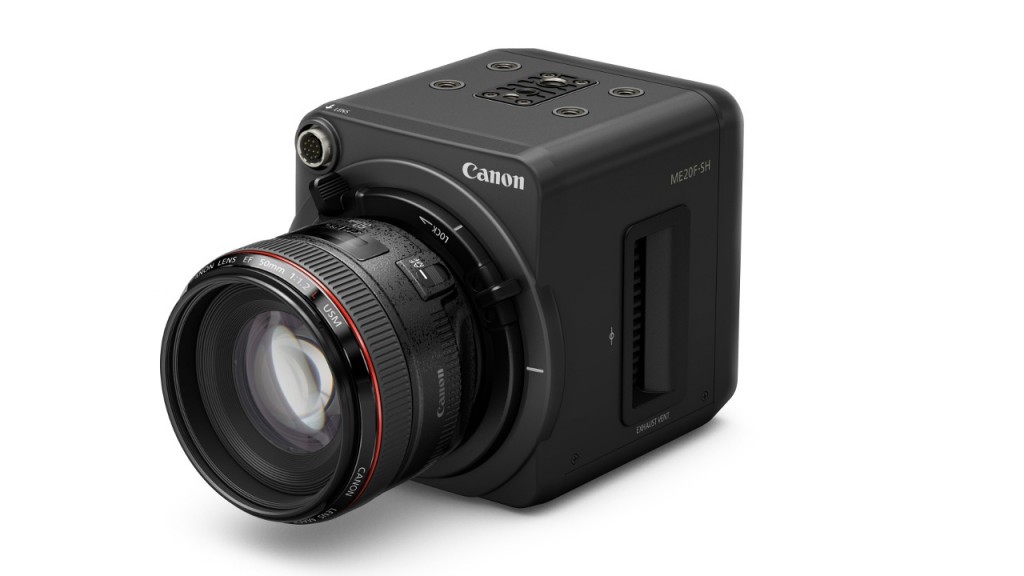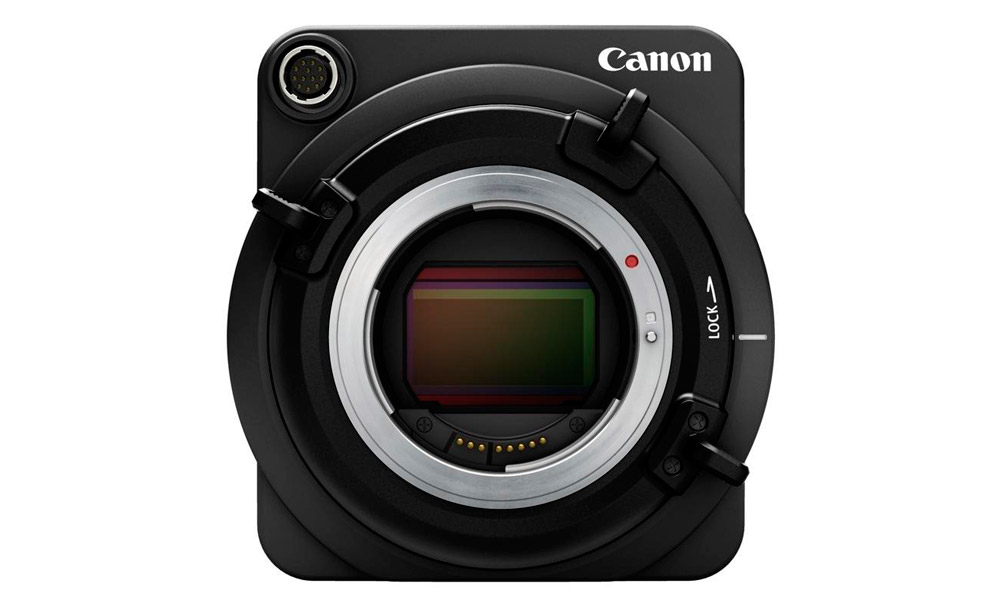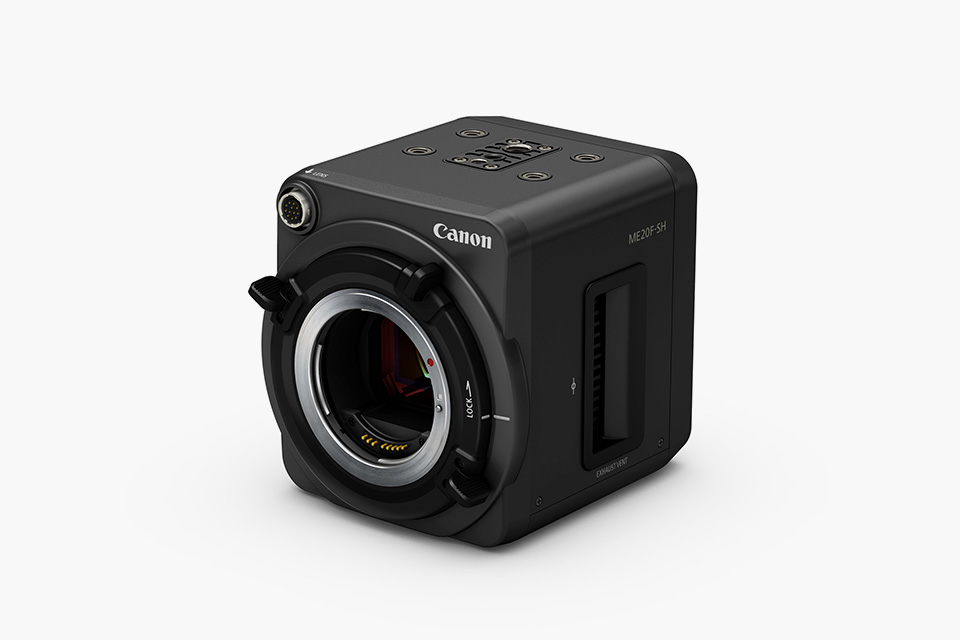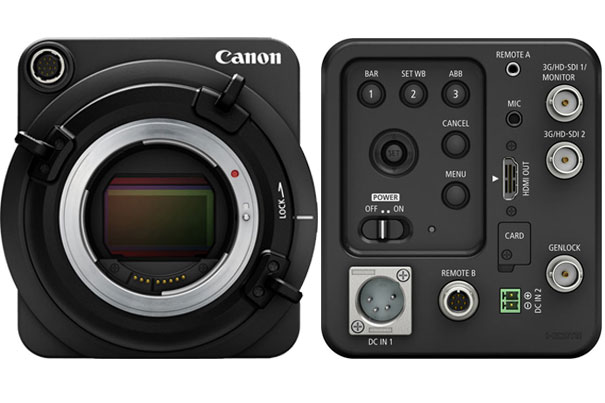Canon has just taken the wraps off the ME20F-SH, a compact ‘multi-purpose’ professional video camera that’s built to shoot in ‘extremely low light’ with a top ISO in excess of 4 million. Yes, you read that right, 4 million ISO. To put that in perspective, full moon on a clear night is about 0.27 to 1.0 lux, and 0.0001 lux is a moonless, overcast night.
This means that the ME20F-SH can shoot objects that even the naked eye cannot see (objects lit by less than 0.0005 lux of illumination) in 1080p or Full HD at 60fps. Although the resolution is nowhere close to what we call professional quality these days, what with even 4K being passe and Red announcing the Weapon with a 6K sensor, this low-light abilirty means that gives hithertho unheard of low-light performance to professionals like documentary filmmakers and wildlife researchers.
Professionals filmmakers know how hard it is to shoot during the night. Most of the time, a single light source isn’t enough. However, the three-point lighting format may not also work as it would be too bright and can defeat the authenticity of a night scene. Production crews often resort to more expensive light set ups that are specifically designed for dark scenes. With the new Canon low-light camera, a single light source may be enough. It is also particularly useful for shooting dark scenes where the subject’s face is used for contrast.
As for wildlife videographers, some animals are nocturnal and can be hard to spot during the day. In the night, using a lot of artificial light will drive these animals away. With the new Canon, a small light may just be used to reduce the chances of animals running off, ruining a shot.
The secret to the ME20F-SH’s low-light ability is the size of the pixels on the 35mm full-frame CMOS sensor. They’re more than 5.5 times larger than the pixels found in high-end cameras with interchangeable lens. At 2.26 megapixels, it is certainly not photography-friendly, but what makes it unique is that each pixel measures 19 microns, which is 7.5-times larger than the ones in Canon’s EOS 1Dx DSLR. Noise is an obvious concern at such high sensitivity, and it’s especially so when the pixel size increases, but Canon says it’s employing proprietary technologies in the sensor and readout circuitry for noise reduction; noise won’t be completely eliminated, but it’s controlled. Canon claims the camera “allows users to discern subjects under even some of the dimmest lighting conditions, such as environments lit by artificial illumination or under a moonless night sky.”
As for connectivity options, the ME20F-SH utilizes output-only 3G/HD-SDI BNC and HDMI terminals for sending video to external video recorders and monitors. In other words, there’s no internal recording for video. For audio capture, it has a 3.5mm stereo mini-jack for an external microphone. Remote control is supported via a 2.5mm stereo mini-jack or a round 8-pin jack for RS–422, and the ME20F-SH is compatible with Canon’s RC-V100 Remote Controller.
And if you were fearing that this kind of cutting-edge camera tech wouldn’t be cheap, you’d be right. When the Canon ME20F-SH starts shipping in December 2015, it’ll cost a whopping $30,000, so you’ll need to have some pretty deep pockets if you’d like to try your hand at shooting nocturnal owls in complete darkness.







